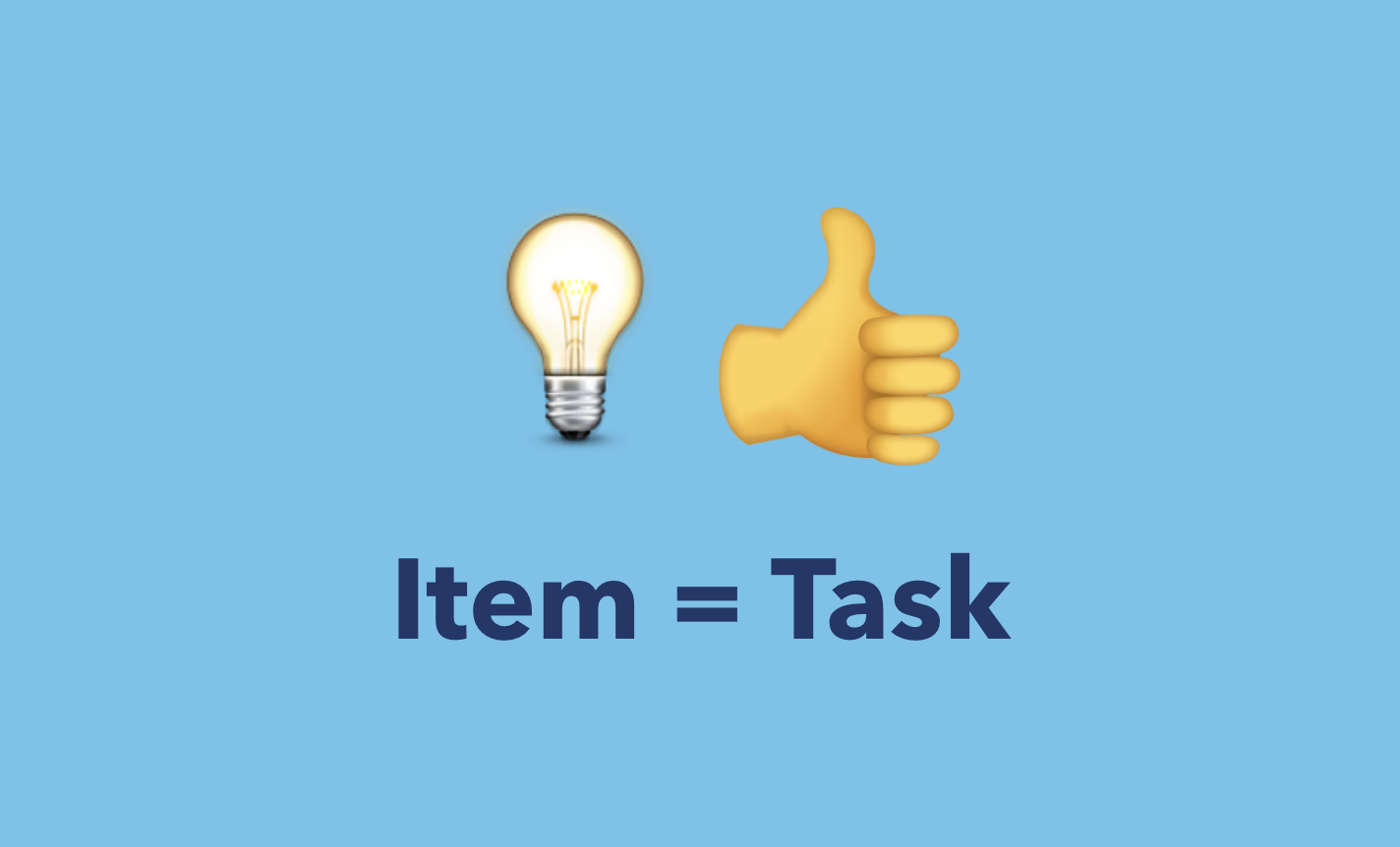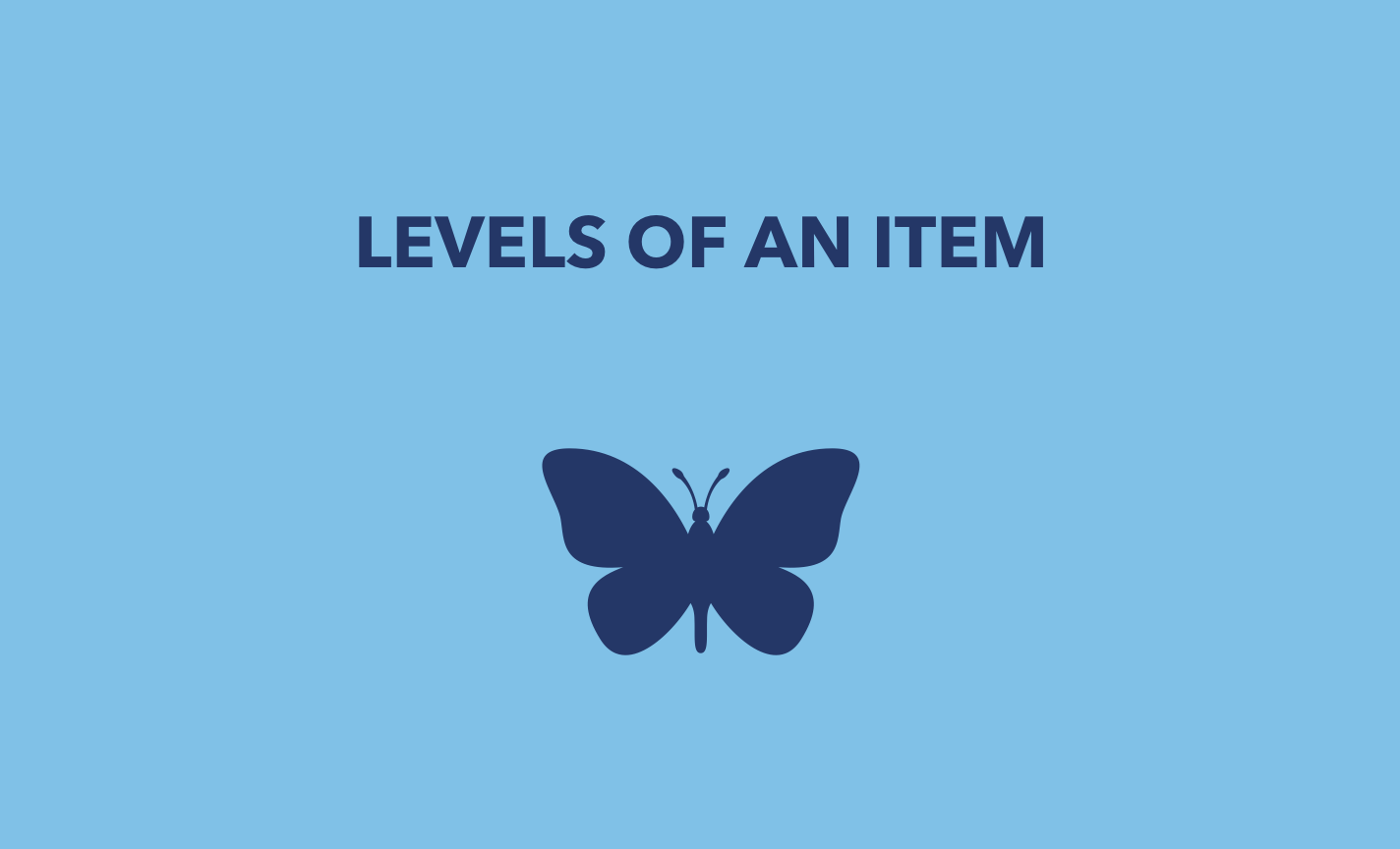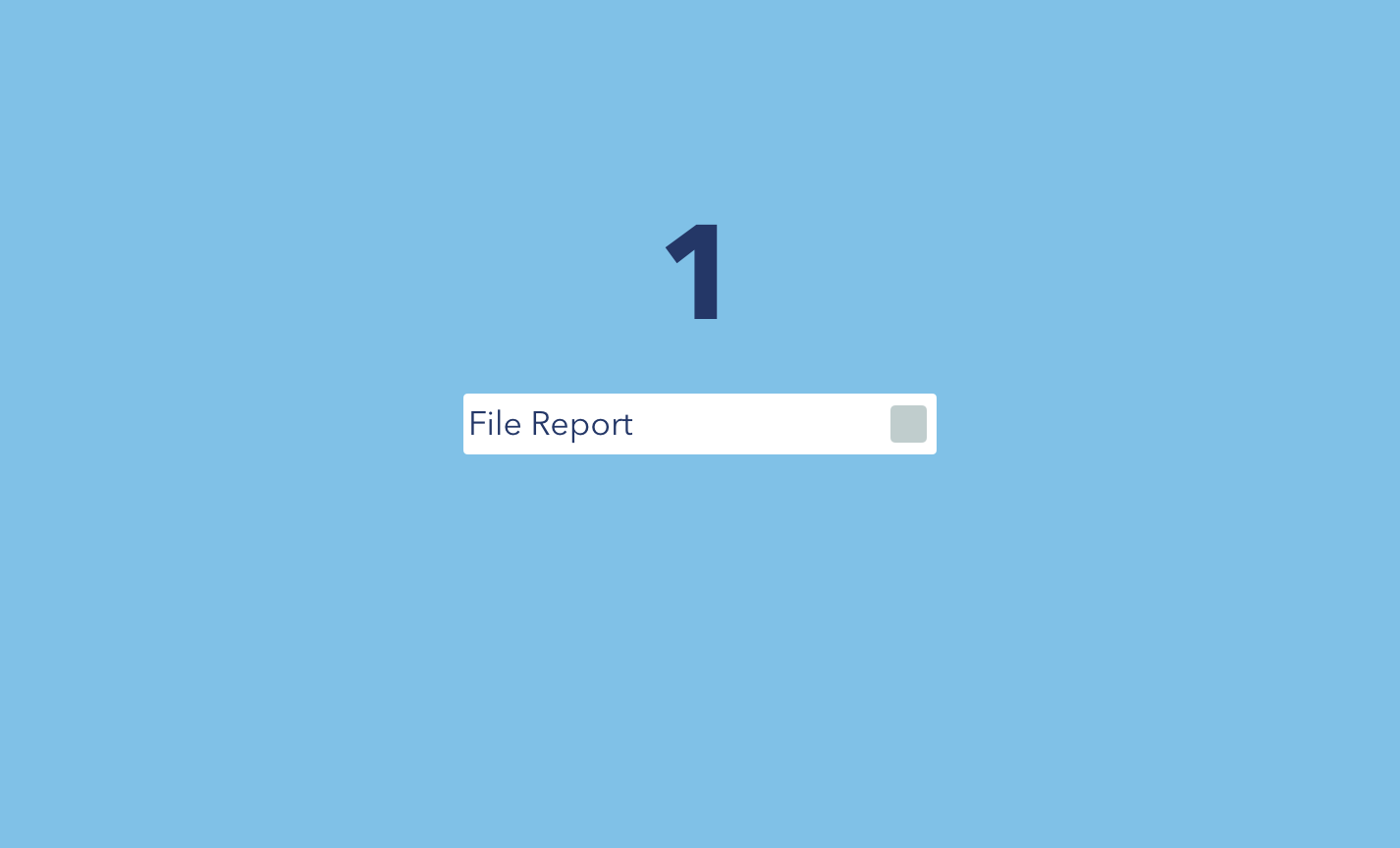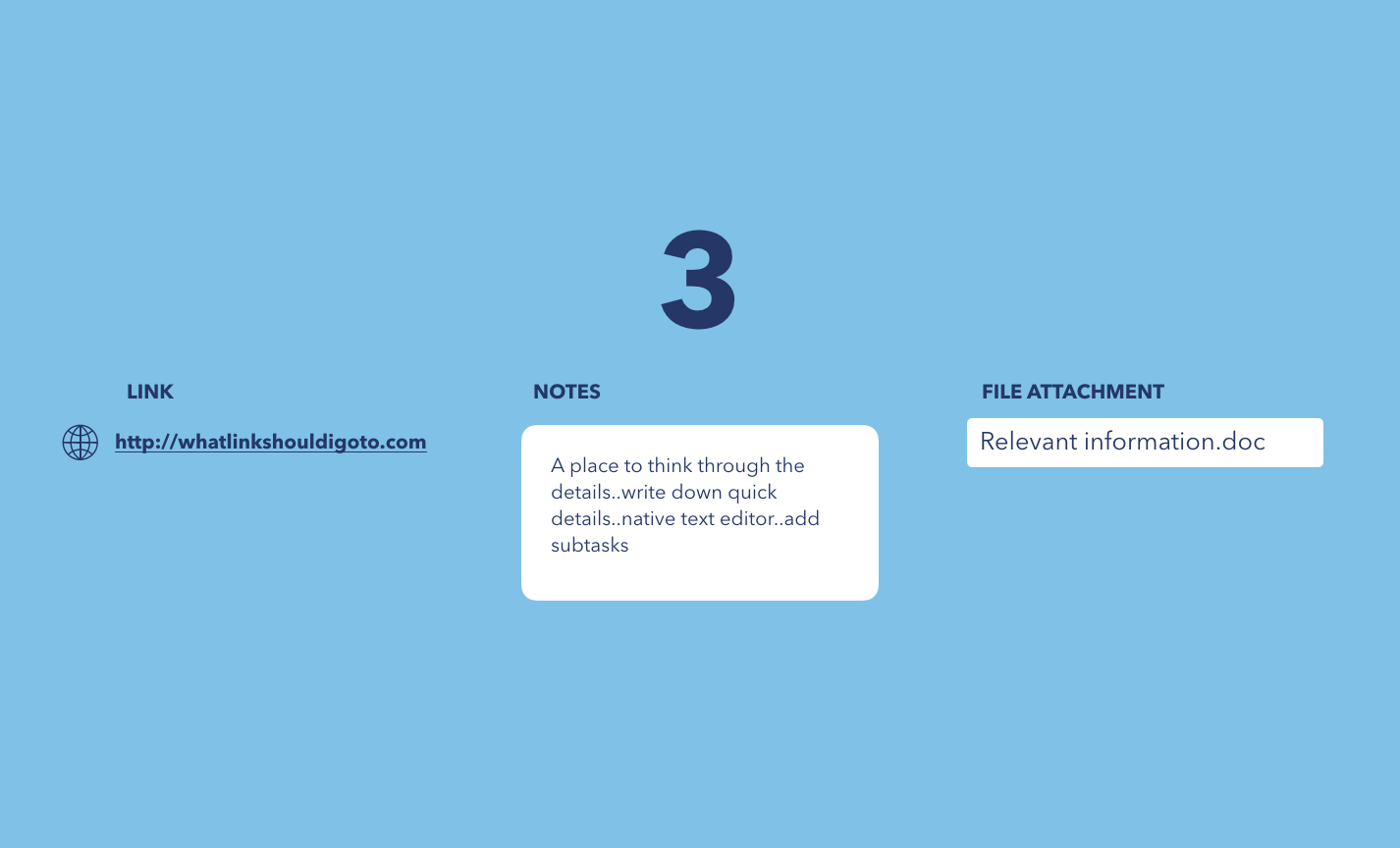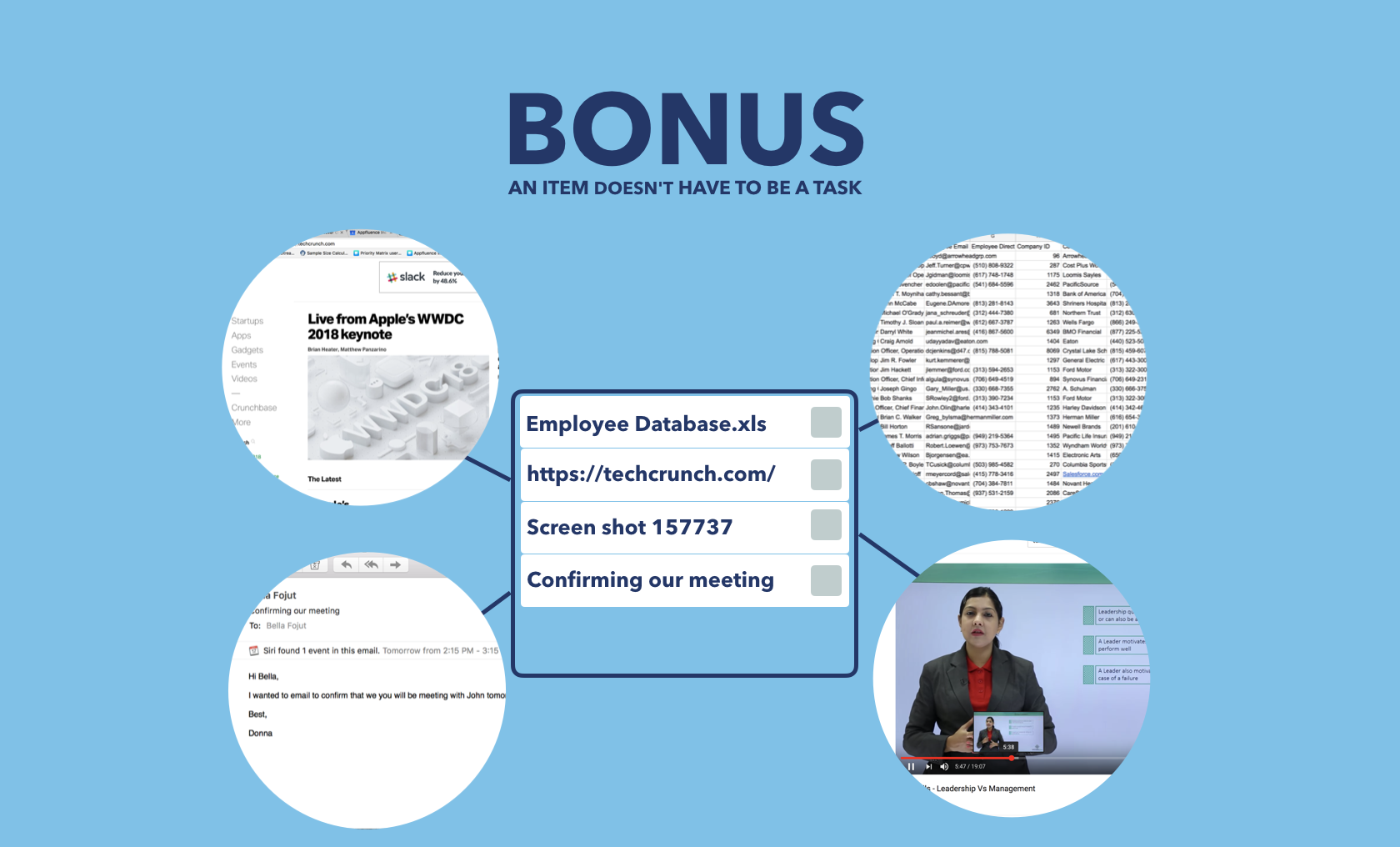When Starting Out
When starting out in the system, it is typical that you may initially only think of and use a Priority Matrix item as a task. This is a great working definition as you become more comfortable in the system! But, after a while, continuing to use this definition can be a confining.
Updating Your Definition of a Priority Matrix Item
It’s not that calling an item a task is wrong but it correctly defines only a small part of what an item can do for your workflow. Now that you are more comfortable with the basics of the software, it will help to approach the concept of a Priority Matrix item from a different perspective.
Looking at Priority Matrix as a System of Units

One helpful way to approach Priority Matrix is by looking at it as made up of larger and smaller units: platform, projects and item.
Significance of the Smallest Unit in Priority Matrix

When looking at the smallest unit in Priority Matrix, the item, it can be helpful to understand that it’s function is to answer one or more questions in a concise and cohesive way. Looking at it this way, we see that a project is composed of a lot of answers to groups of question, that have been prioritized.
Making Priority Matrix Items More Powerful
 Given that items are composed of answers to questions, they are more or less powerful depending on the number of questions that they address.
Given that items are composed of answers to questions, they are more or less powerful depending on the number of questions that they address.
Looking at a Priority Matrix Item by Levels
We can explore the power levels of an item in a similar way that we would look at a butterfly’s phases of development.
The Creation Stage of an Item
A level one Priority Matrix item is essentially a task. It only answers two questions:
What needs to be done?
Whether or not it has been done?
Status, Time Sensitivity and Collaboration Around an Item
A level two item has more details like, progress, effort, due date and ownership/follower information. In addition to the Level one questions, a level two Priority Matrix items answers these questions:
How far along is this?
How much effort will it take/has it taken so far?
When is it due?
Who is responsible for doing it?
Who has been looped in to receive automatic updates or watch over progress?
Background Information for an Item
A level three item provides relevant data in link, note or file format. This stage answers questions like:
Does this task require going online, if so, where?
Are there relevant files that I need to see?
Is there any more context that would help this task progress faster/better?
A Priority Matrix Item as a Data Point
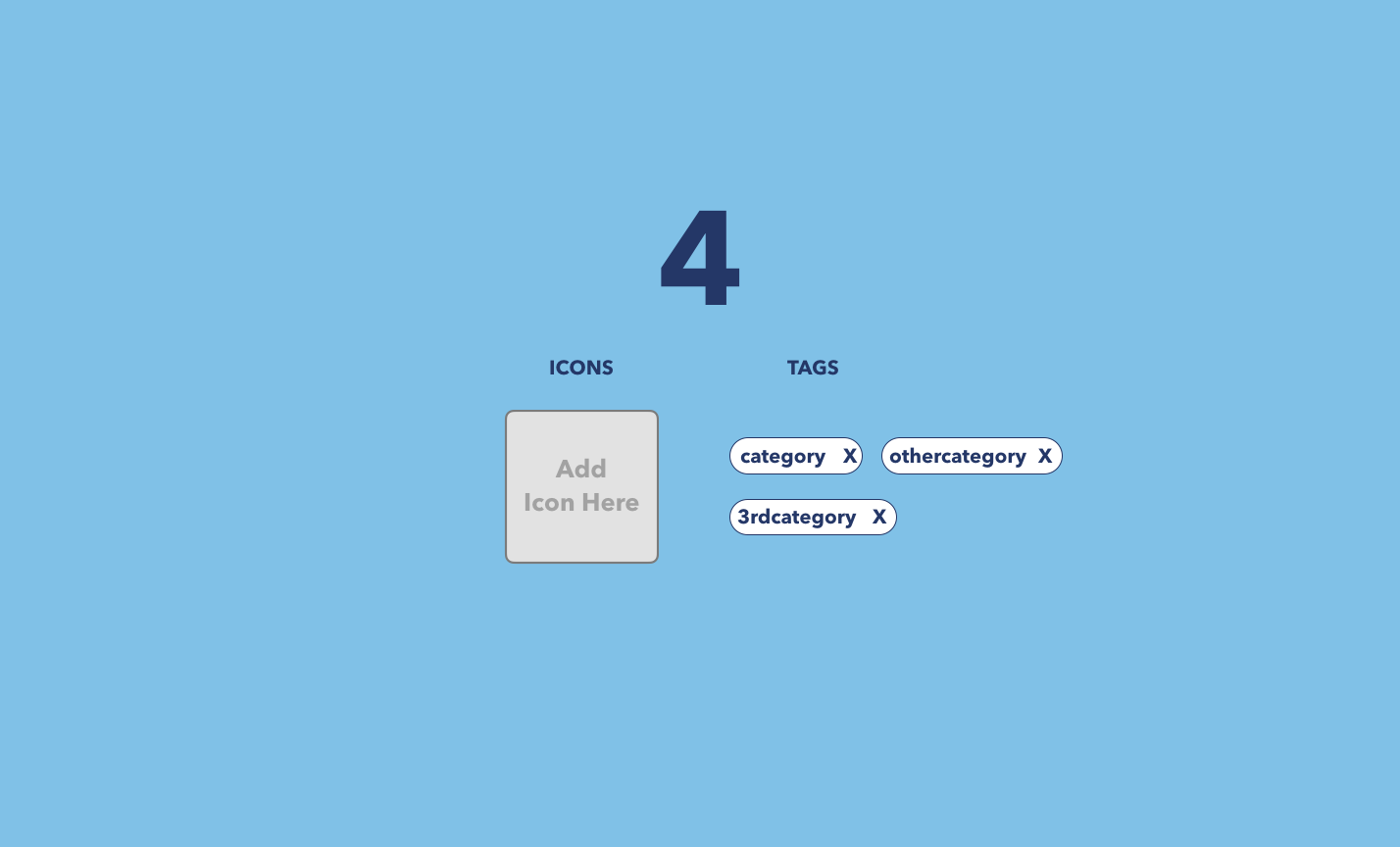
Level four items have been given icons and categories. This allows you to see items as data points with various customized attributes. This type of Priority Matrix item answers the question “what category within the system does this item belong in?” and is easily accessed in a custom report.
Level 5: Developments in the Item’s History
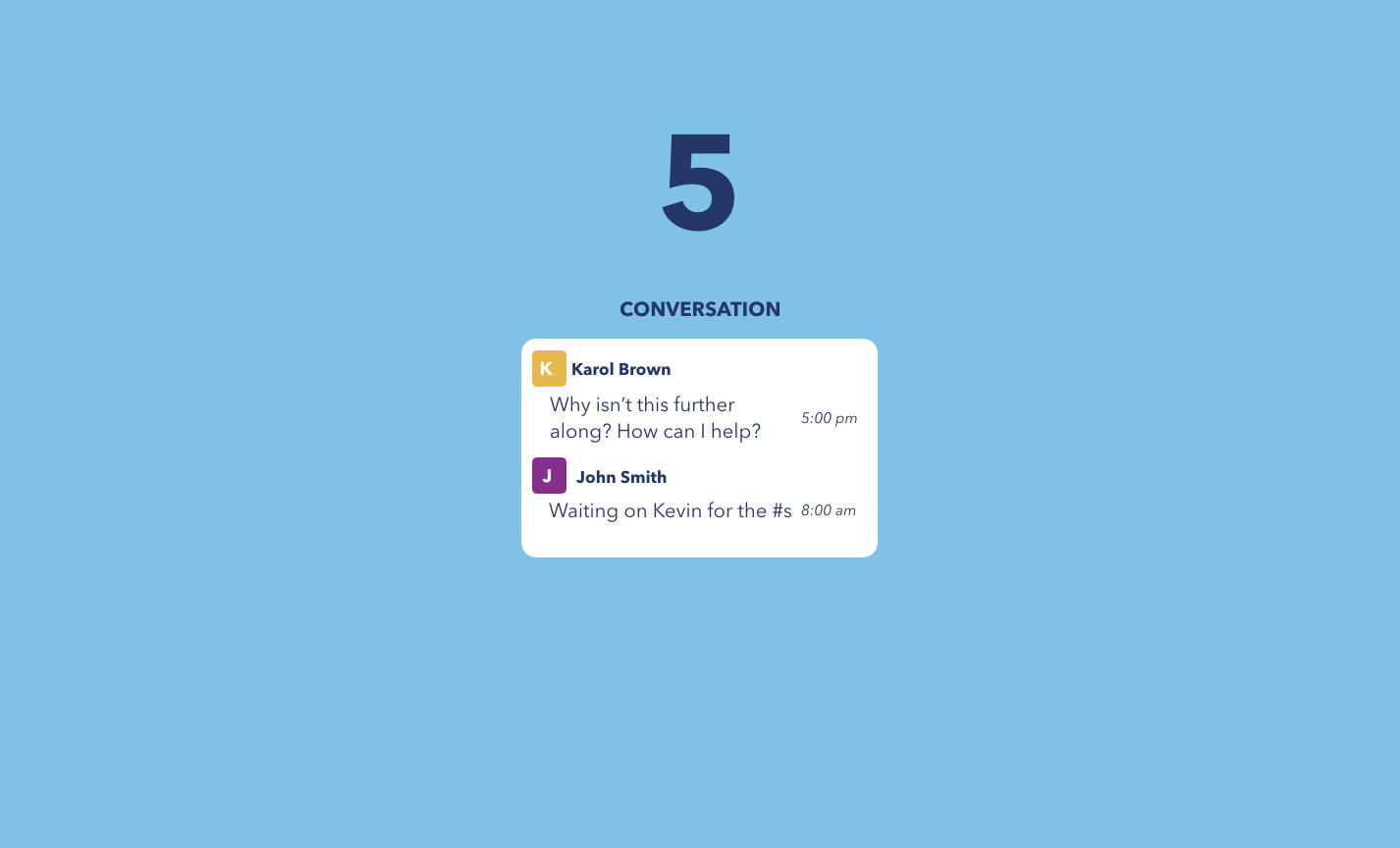
A level five item makes clear what communication has been held around a task and shows what new information or events happened and how they affected the item’s strategy or priority.
A Priority Matrix Item Does Not Always Have to Be a Task
While most of your Priority Matrix items are typically built around initial tasks, they can also simply be resources that you want to file and categorize. You can create a Priority Matrix item from a web page, file, screen shot or email.
You Never Lose an Item
Even after your items have been completed, they can still do more work for you. Past conversations and other details in an item can inform the strategy you take or how much time you set aside for a future action. If your view is set to show only incomplete items, that’s ok! You can always pull up a completed item in the filter at the top right.
You can also watch a 5 minute video on the subject below:
